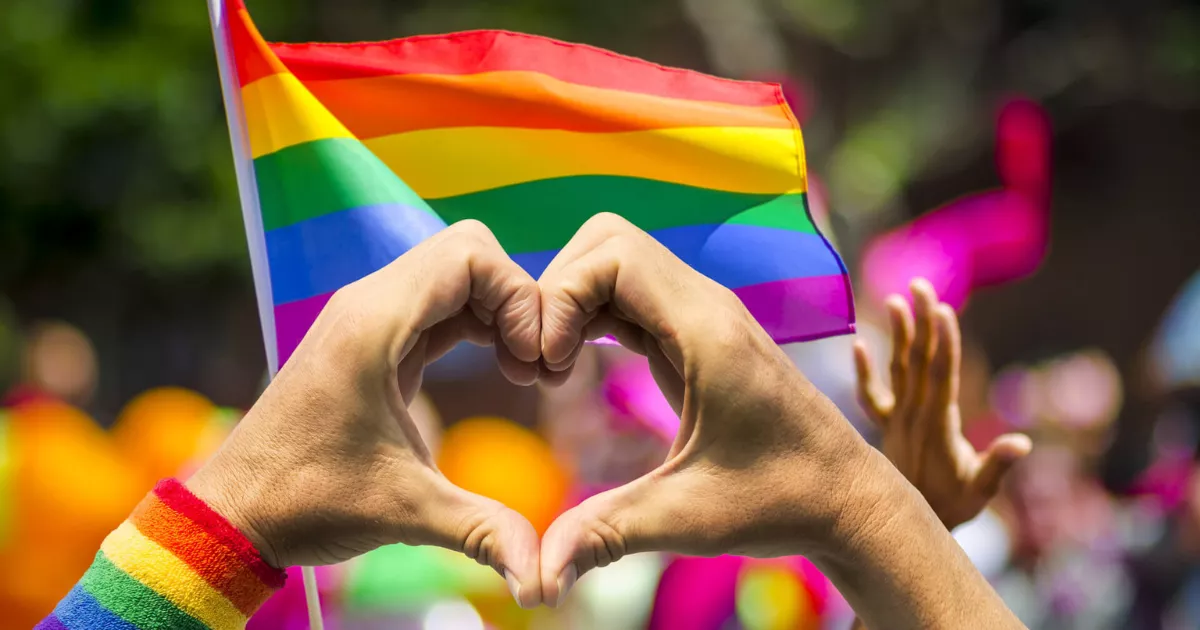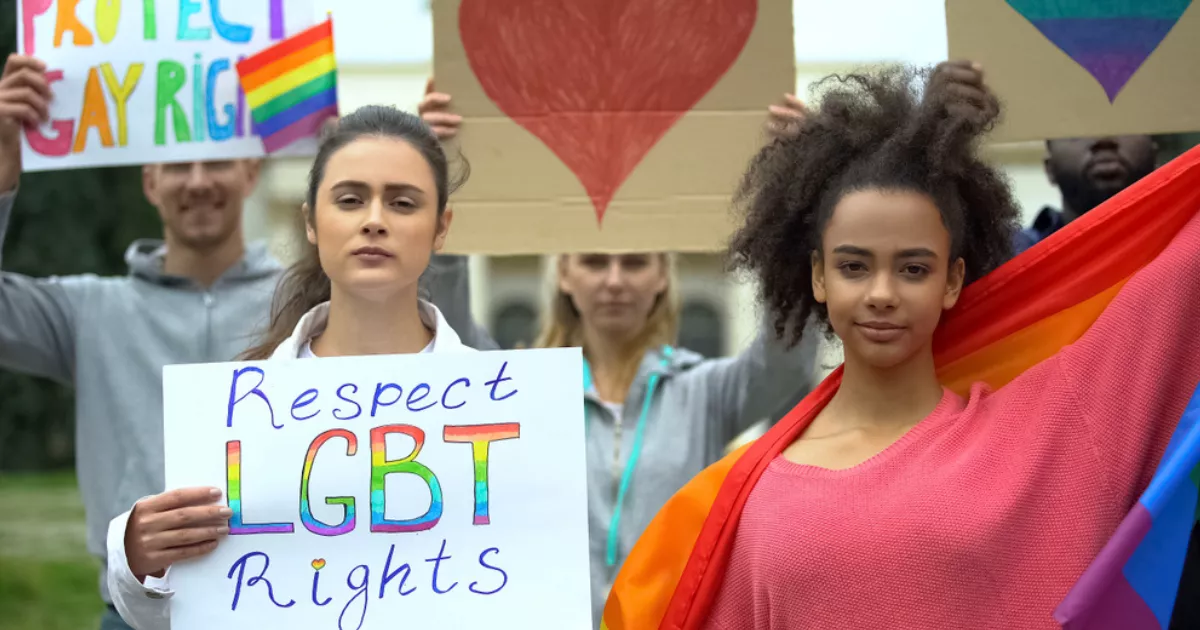
PRIDE Month and LGBTQIA2S+ Health
Lesbian, Gay, Bisexual, Transgender, and Queer (LGBTQ) Pride Month is celebrated every June to commemorate the 1969 Stonewall Uprising in New York City. The event, a demonstration against “centuries of abuse…from government hostility to employment and housing discrimination, Mafia control of Gay bars, and anti-homosexual laws,” marked a turning point for the Gay Liberation Movement in the U.S., when the LGBTQ+ community ended its silence.
PRIDE Month is a time to honor those who have fought, and those who continue to fight, for equal rights and protections for members of the LGBTQ+ community; to celebrate the positive impacts that LGBTQ+ individuals have had on society, and the strides forward that we’ve made; and to memorialize those who have fallen to hate crimes, suppression, and healthcare inequities.
LGBTQIA2S+ Health in the U.S.
Lesbian, gay, bisexual, transgender, queer, intersex, asexual, and two-spirit individuals exist in all races and ethnicities, religions, and socio-economic classes. Until very recently, questions about sexual orientation and gender identity did not appear on most state and federal surveys, making it challenging to determine, or even estimate the extent of the LGBTQ+ community or its members’ health needs. Even when the questions are asked, many LGBTQ+ people are hesitant to answer, due to the discrimination and harassment that still occur in many areas.
Multiple studies indicate that LGBTQ+ people face health disparities linked to societal stigma, discrimination, and denial of their civil and human rights regarding personal safety, housing, employment, and informed, non-judgmental, culturally-competent healthcare.
Discrimination, physical and sexual violence, bullying, repressive and oppressive laws and policies, and other forms of victimization are associated with high rates of mental health disorders, substance abuse, self-harm, and suicide. These understandably have serious, negative, long-term impacts on both individuals and the community as a whole.
Focus on LGBTQIA2S+ Health
It wasn’t until the federal government’s HealthyPeople2020 campaign that LGBTQ+ people received their own population category in terms of data collection and health improvement goals on a national scale. The objectives at the time were modest, focused primarily on gathering data in order to determine what the community’s needs actually are, and how the social determinants of health are affecting its members, before thinking about how to go about addressing them.
The early years of the campaign, which started in 2011, showed some progress in documenting sexual orientation and gender identity (SOGI) statistics. In the beginning, six national databases gathered SO information, and two more were added as a result of the campaign. Toward the end of the decade, however, progress slowed and even experienced a backslide.

Most of us can remember that same-sex marriage wasn’t even made legal throughout the U.S. until 2015, many states and counties across the country still don’t have housing and employment protections for LGBTQ+ individuals, and millions of patients face increasing barriers to medical care through provider ignorance, costs of care, and/or restrictive policies.
Understanding LGBTQIA2S+ Health Disparities
Understanding the urgent need to address LGBTQ+ health concerns requires understanding the effects of the community’s experience being on the receiving end of discrimination, violence, and oppression. Aside from the overt fatal violence suffered by the “out” community, particularly among transgender people–especially Black transgender women–the LGBTQ+ community faces a number of health disparities that have reached crisis levels:
- LGBTQ youth are more likely to be homeless, and 2 to 3 times more likely to attempt suicide.
- Lesbians are less likely to obtain preventative cancer care.
- Gay men, especially those of color, are at higher risk for HIV and other STDs.
- Lesbian and bisexual women are more likely to be overweight or obese.
- Transgender people have a high prevalence of:
- HIV/STDs,
- Physical and sexual victimization,
- Mental health issues and suicide, and
- Are less likely to have health insurance than either LGB or heterosexual people.
- Older LGBTQ adults face additional isolation and lack of social services and culturally competent providers.
- LGBTQ populations have the highest rates of tobacco, alcohol, and other drug use.
This PRIDE Month, let’s remember that LGBTQIA2S+ PRIDE is not just about rainbows and parades. It’s about changing perceptions, and about building and shoring up structures in our neighborhoods and institutions, including schools, public office, the military, and healthcare, that support the human dignity and rights of LGBTQIA2S+ people, so they can live long, healthy lives free from fear, harm, and oppression.

